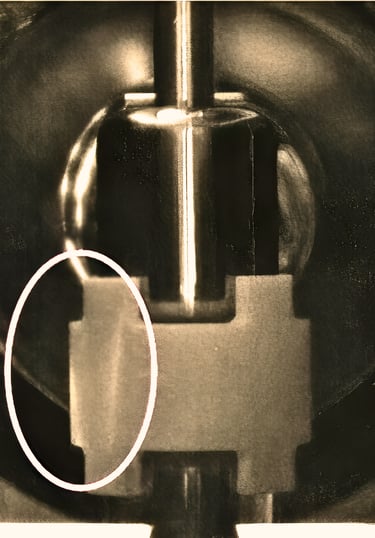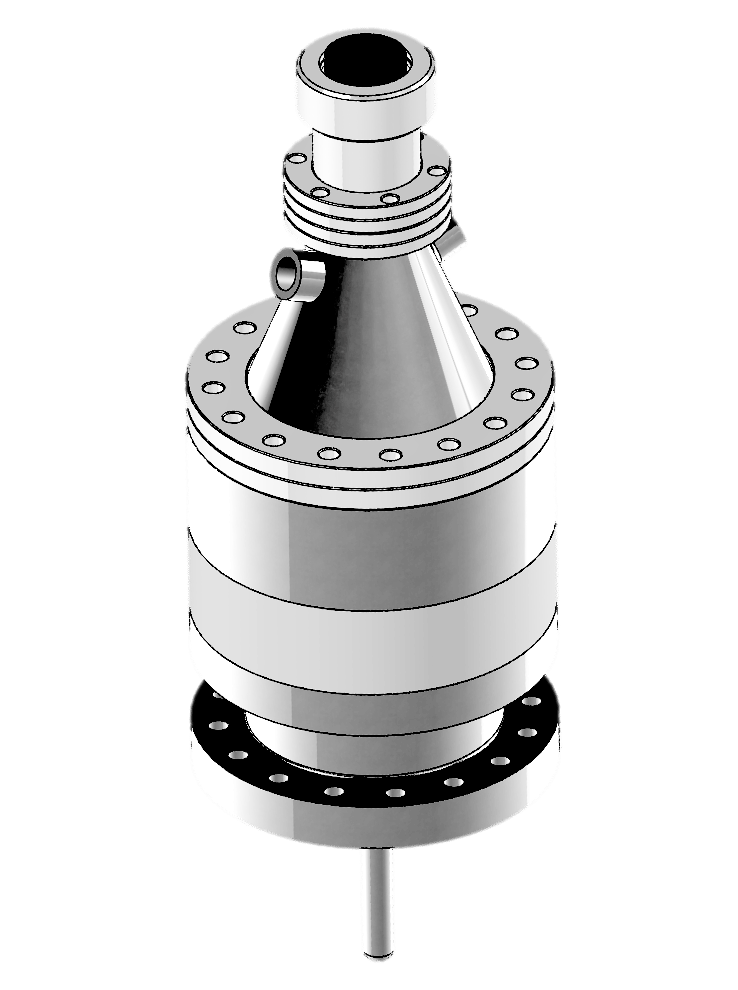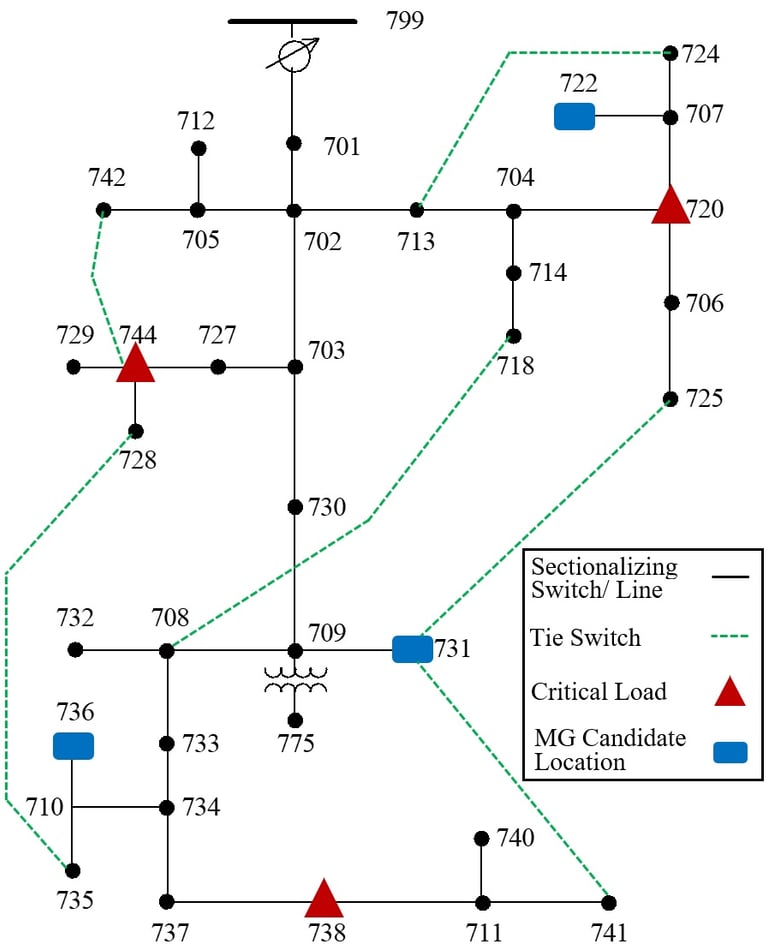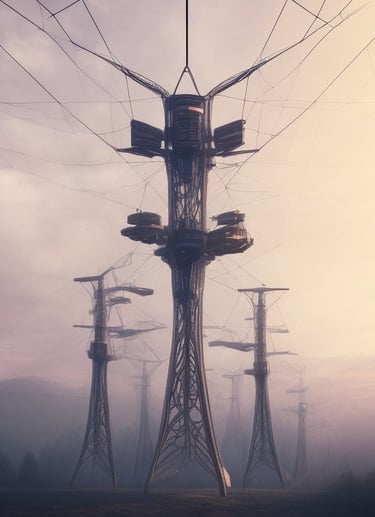01
High Voltage in Vacuum: Process & Design Optimization
2023-Present
High voltage performance in vacuum represents a highly debated topic. The challenge of replicating results, coupled with their sensitivity to microscopic variations, complicates the development of a universal model for phenomena like field electron emission and vacuum arc in large-scale systems. These complexities lead physicists to often regard this as a "dirty subject" (quoting from Professor Rod Latham).
At Avalanche Energy, ensuring high voltage reliability is crucial. In this project, our focus is on standardizing processes including conditioning, cleaning, and polishing. Concurrently, we are re-evaluating our understanding of field emission, vacuum arc, surface flashover, and the lifespan assessment of vacuum electronics through experiments and simulations.


02
MAKO: Compact 300-kV Bushing
2022-2025
There are multiple applications, such as electrostatic fusion reactors, where a strong electric field is required in a vacuum. In the case of Orbitron, hundreds of kilovolts must be reliably transferred from ambient pressure to high vacuum. A "High Voltage Vacuum Bushing" performs this task.
The highest commercially available vacuum bushing is rated at 100kV, which is much lower than what an Orbitron requires. Additionally, the bushing designs proposed in the past are on the order of meters in both diameter and length. The patented design of MAKO, our 300kV bushing, reduces the volume of the bushing by a factor of over 1000 and is easy to manufacture.


04
Dielectric Online Condition Monitoring System (DOCMS)
2021-2022
The global warming crisis has spurred efforts to reduce emissions and reliance on fossil fuels. While electric vehicles have become increasingly popular, electrification in the commercial aviation industry still faces challenges. A key obstacle is the reliability of electrical equipment in aeronautical applications, as the harsh environmental conditions and high-power density equipment can accelerate the aging of insulation systems. Insulation systems are crucial to electrical equipment, and their failure can lead to system breakdowns.
In this study, researchers developed a deep learning-based framework for monitoring the condition of insulation systems at high altitudes. The Dielectric Online Condition Monitoring System (DOCMS) processes the data, converting it into phase-resolved PD (PRPD) images, and classifying them based on discharge source type. The results show that the proposed approach is highly accurate and fast in identifying potential threats to the health of insulation systems.


05
Microgrid Optimization
2019-2020
This study investigates the potential role of microgrids in enhancing the resilience of power systems against severe weather events. The focus is on the planning of microgrids in terms of location and to strengthen the network against severe faults.
Multiple optimization approaches were used in this research, including a computationally-efficient heuristic method and a multi-objective mixed-integer linear programming approach, to determine the optimal nodes for the connection of microgrids and the capacity of dispatchable generation units deployed within microgrids. These algorithms satisfy the power balance of microgrids and the main grid and consider operational and topological constraints.


06
Unconventional Transmission Line Design
2018-2019
The U.S. power transmission system has been the backbone of the country's economic growth and industrial development. However, much of this sector, with most of it being over 50 years old, requires upgrades as the nation continues to evolve, the increasing demand for electricity and the integration of renewable energy sources.
This study challenges the unwritten law of symmetry in a bundle of conductors within a transmission line. By allowing the conductors to assume any mechanically and electrically feasible location, this study has achieved a revolutionary design for transmission lines that maximizes surge impedance loading, while considering requirements such as electromagnetic transients and electric field thresholds for corona. The resulting design has the potential to increase the loading capacity of the line by up to 100% without compromising its compactness.




